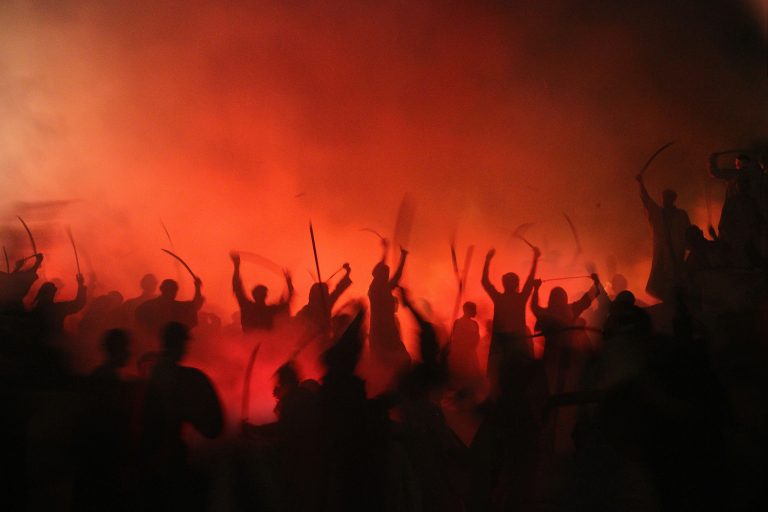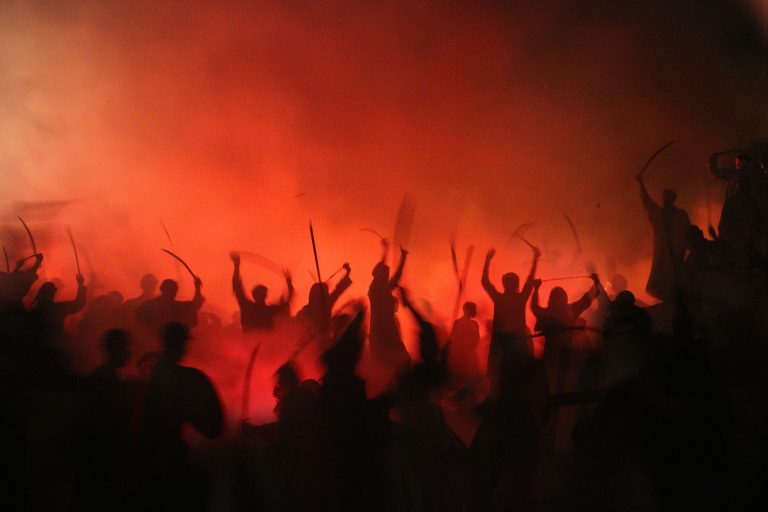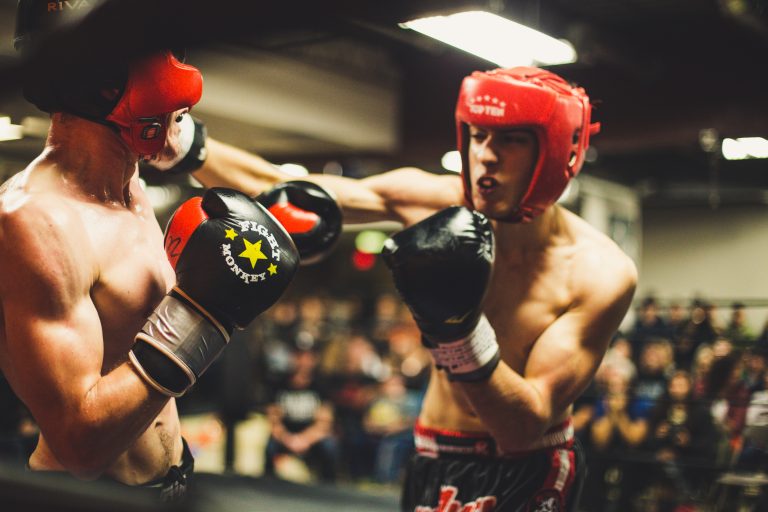Karate – How Many Combat Stages Are There?
Karate is a Japanese martial art that has gained widespread popularity across the world. It’s a technique that involves various forms of punches, kicks, blocks, and strikes. One of the essential aspects of Karate is the ability to engage in combat effectively. The combat involves different stages that every practitioner must know to be proficient in Karate.
In this article, we will explore the stages of combat in Karate and what distinguishes each stage.
Basic Stages of Combat
There are four basic stages in Karate combat:
Kamae
Kamae is the first stage of Karate combat. It is the preparatory stage where a practitioner assumes a stance, positioning the hands, feet, and body to prepare for an attack. The two common stances in Kamae are Zenkutsu-dachi, a forward stance that enables the practitioner to launch an attack, and Shizentai, which is a relaxed, neutral standing position.
Distance
Distance is the second stage and involves the calculation of the range between the practitioner and the opponent. It determines the type of attack and defense strategies that can be employed. There are four main ranges in Karate combat: long-range, mid-range, close-range, and grappling.
Attack and Defense
This stage involves the actual exchange of punches, kicks, and other striking techniques between the practitioner and the opponent. Proper distancing, footwork, and blocking are essential skills during this stage. A successful practitioner must possess a combination of speed, timing, accuracy, and power in executing an attack or defense.
Fighting and Sparring
Fighting and sparring are the final stages of Karate combat. A sparring session is an intense physical training activity that simulates a real combat scenario without causing any physical harm. Sparring sessions are essential in Karate training as they help practitioners practice and perfect their techniques in a practical situation.
Additional Stages of Combat
In addition to the basic combat stages, there are several other stages that are critical to a practitioner’s development in Karate:
Combination Training
Combination training is a stage where a practitioner combines various techniques to create a sequence of attacks and defenses. This stage helps to improve muscle memory and overall technique.
Breaking
Breaking is a stage where a practitioner uses brute force to break solid objects, such as blocks of wood or bricks. It’s an exercise that helps to build power and confidence in a practitioner’s techniques.
Weapons Training
Weapons training involves using traditional Okinawan weapons such as nunchucks, bo staff, and sai. It’s a stage that helps to improve a practitioner’s focus, coordination, and accuracy.
In conclusion, Karate is a martial art that involves various stages of combat. From basic stages such as kamae and distance to advanced stages such as sparring and breaking, each stage plays a critical role in a practitioner’s development. As a practitioner, it’s crucial to dedicate time to mastering each stage, as they are essential in building an effective combat technique.
Karate – How Many Combat Stages Are There?
Karate is a martial art that originated in the Ryukyu Kingdom during the 19th century. Through its history, it has evolved into a popular combat sport and has become a way of life for many people all over the world. However, one question that often comes up is how many combat stages are there in karate. In this article, we will discuss the different combat stages in karate and how they fit into a typical karate match.
1. Kumite – Sparring
The first combat stage we will discuss is Kumite, or sparring. Kumite is a vital part of karate training and can involve either one-on-one combat or team combat. In one-on-one combat, two fighters face each other and try to score points by striking the opponent with their fists, knees, or feet. The goal of Kumite is to develop and improve the fighter’s speed, technique, and reflexes.
There are different types of Kumite, including:
– Jiyu Kumite – Free sparring with few or no rules
– Sanbon Kumite – Three-step sparring with a predetermined sequence of moves
– Gohon Kumite – Five-step sparring with a predetermined sequence of moves
– Kihon Ippon Kumite – Basic one-step sparring with a predetermined sequence of moves
2. Kata – Forms
The second combat stage in karate is Kata, or forms. In Kata, a fighter performs a sequence of techniques against imaginary opponents. Kata is the most traditional aspect of karate, and it is used to develop a fighter’s precision, balance, and coordination.
There are different types of Kata, including:
– Taikyoku Kata – Basic kata designed for beginners
– Heian Kata – Five kata that introduce basic techniques
– Tekki Kata – Three kata that focus on stances and rapid movement
– Bassai Dai – An advanced kata that integrates both fast and slow techniques
3. Bunkai – Analysis
The third combat stage we will discuss is Bunkai, which involves analyzing the techniques and movements of Kata. In Bunkai, a fighter studies the applications of each move in the Kata and applies them to self-defense scenarios. The goal of Bunkai is to develop a fighter’s ability to adapt to different situations and react quickly to attacks.
4. Yakusoku Kumite – Prearranged Sparring
The fourth combat stage in karate is Yakusoku Kumite, or prearranged sparring. In Yakusoku Kumite, two fighters perform a series of predetermined moves against each other. Unlike Jiyu Kumite, Yakusoku Kumite is used to develop a fighter’s timing, spacing, and distance.
There are different types of Yakusoku Kumite, including:
– Go no Sen – Counter-attack
– Sen no Sen – Attacking before the opponent attacks
– Tai no Sen – Initiative
5. Randori – Free-Style Practice
The fifth and final combat stage in karate is Randori, or free-style practice. Randori is similar to Jiyu Kumite but is more focused on technique than on winning or losing. In Randori, two fighters perform techniques against each other with few or no rules. Randori is used to develop a fighter’s adaptability, flexibility, and creativity.
Conclusion
Karate is a complex martial art that involves different stages of combat. These stages, including Kumite, Kata, Bunkai, Yakusoku Kumite, and Randori, all play an important role in developing a fighter’s skills and abilities. By mastering these stages, a karate fighter can become proficient in both striking and grappling techniques, develop a deep understanding of martial arts philosophy, and learn how to apply their knowledge in real-world self-defense scenarios.
Inhaltsverzeichnis






